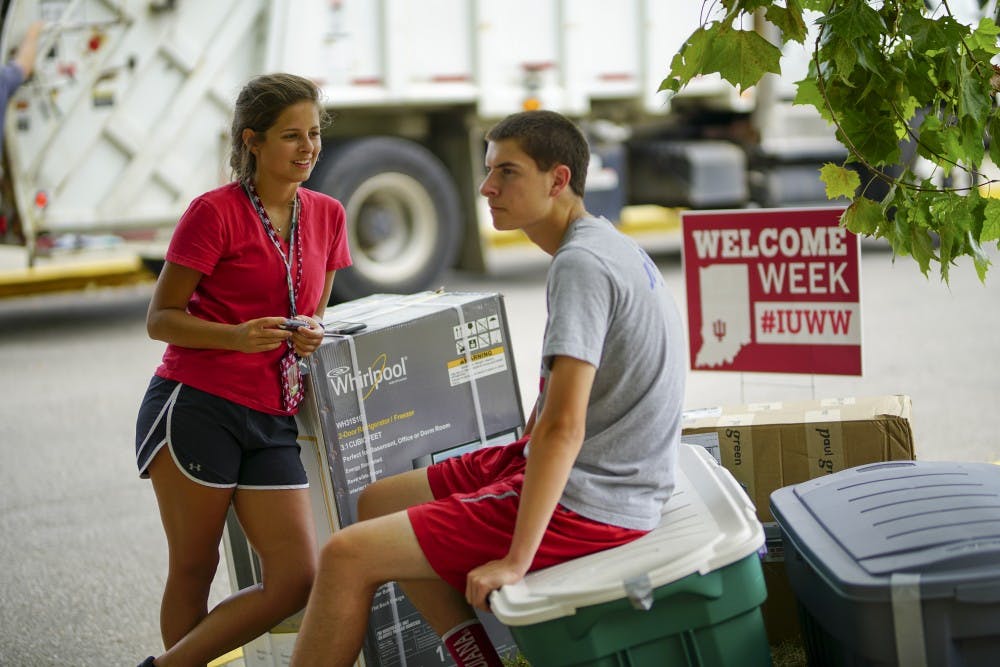Students at IU are required to live in a dorm freshman year, and the National Survey of Student Engagement plans to discover what effects living in these spaces has on students.
The National Survey of Student Engagement, located at the Center for Postsecondary Research at IU, received a grant of $180,000 from the Association of College and University Housing Officers – International to study how a student's choice of where to live affects his or her performance in college. They are sampling between 1.5 and 2 million students across 75 different universities.
“The residence halls are not just a place for students to eat and sleep,” said Bob Gonyea, associate director for research at the Center of Postsecondary Research at IU.
The survey originally began by comparing data of students who lived off campus with those who lived on campus. Gonyea said the researchers soon realized there was not a big enough distinction between those who lived within walking distance of campus and those who lived on campus. The main factors of the survey look at proximity, academic resources and cost.
Gonyea said residence halls have made much progress in environment and technology since he was in college at Michigan State University.
“When I was in college, when you signed up to have a roommate, they would ask you if you were a smoker or not,” Gonyea said.
Now, Gonyea said, they are looking to create facilities that are most conducive to student’s learning and success.
Sophomore Kai Kerr chose to return to Forest Residence Hall. She said proximity to her classes and the quality of the room were deciding factors in her return to the dorm.
“There’s not much of a commute to classes, so it’s easier to pull myself out of bed in the morning and actually make it to class,” Kerr said.
Freshman Madi Hoffman, who lives in Eigenmann Residence Hall, said the distance from campus buildings was a factor in her decision.
“It’s a little bit farther from studying spots, so I study here a lot,” Hoffman said, “I don’t procrastinate walking to other places to study.”
Gonyea said the types of students they are surveying is important. Originally, the survey included only freshmen and seniors. With more universities requiring freshmen to live on campus, it is getting harder to study them. So, the survey began to include sophomores.
“That’s where we hope more of our variation is going to come in – whether students chose to return to the residence halls or not,” Gonyea said.






